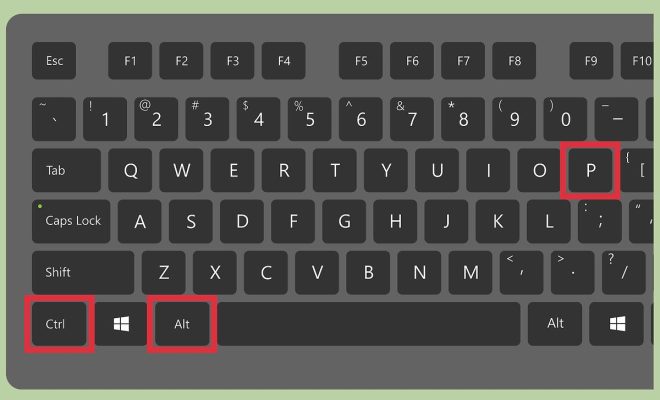What is Image Compression?

Image compression is the process of reducing the size of an image file without degrading its quality. In other words, it’s the process of converting an image into a smaller file by removing some of its data. This reduction in file size makes it a lot easier to transmit an image over the internet or store it on your computer’s hard drive. Image compression is a crucial technique that makes it possible to store and share images on the web and other digital platforms.
There are two types of image compression: lossless compression and lossy compression. Lossless compression is used for images where the highest possible quality is required. Lossy compression is used for images where a small reduction in quality is acceptable.
Lossless compression
With lossless compression, you can reduce the size of an image without decreasing its quality. This type of compression is used for images where every pixel counts, such as medical images, graphics design projects, or print-quality images. Lossless compression algorithms work by removing redundant information from an image file.
The most commonly used lossless compression format is PNG. PNG (Portable Network Graphics) is a bitmap image format that uses lossless compression. PNG files can be compressed to a smaller size without losing any information. Furthermore, PNG files support transparency and are widely used in graphics design.
Lossy compression
Lossy compression algorithms are used to compress images where the reduction in quality is acceptable. This type of compression is used for images that are intended for web display or social media sharing. Lossy compression algorithms work by removing redundant information and simplifying the image.
The most commonly used lossy compression format is JPEG. JPEG (Joint Photographic Experts Group) is a compressed image format that allows you to reduce the size of an image without significantly degrading its quality. JPEG is ideal for digital photographs because the format can squeeze a lot of information into smaller file sizes. However, because of the nature of the compression algorithm, JPEG files often lose some quality or clarity when compressed.
Why is Image Compression Important?
Image compression is essential because it reduces the size of image files, making them easy to store and share. Without compression, images would take up a lot of space on our hard drives, and they would take forever to upload or download online. Image compression is also crucial because it enables us to transmit high-quality images over a slow internet connection. Furthermore, compression maintains image quality, ensuring that the image remains crisp and clear.
In summary, image compression is the process of making digital images smaller without diminishing their quality. It is an essential tool for photographers, graphic designers, and anyone working with digital images. By compressing images, they can be transmitted more efficiently and stored using less hard drive space. Thanks to image compression, we can share and display high-quality images quickly and easily.






